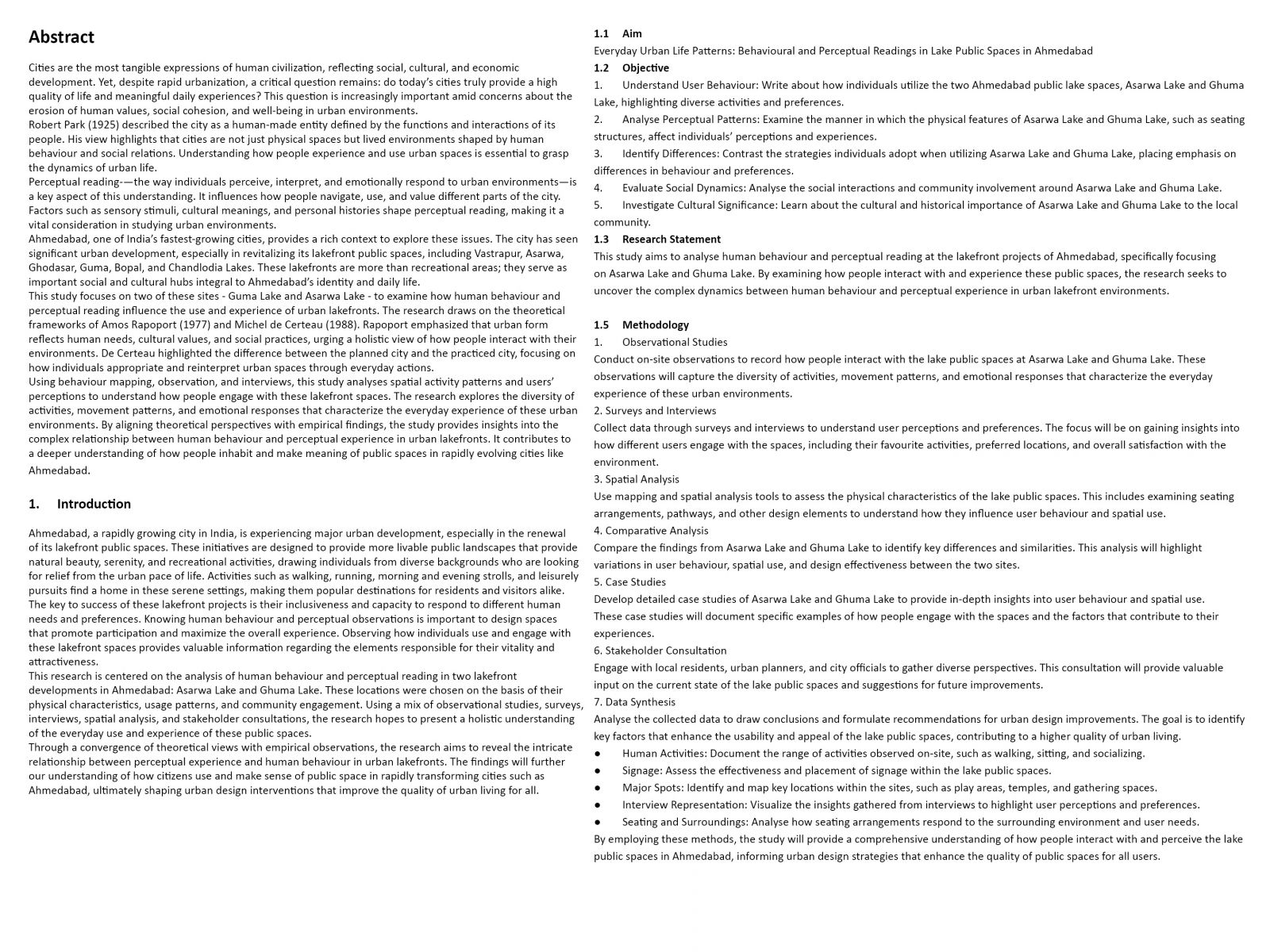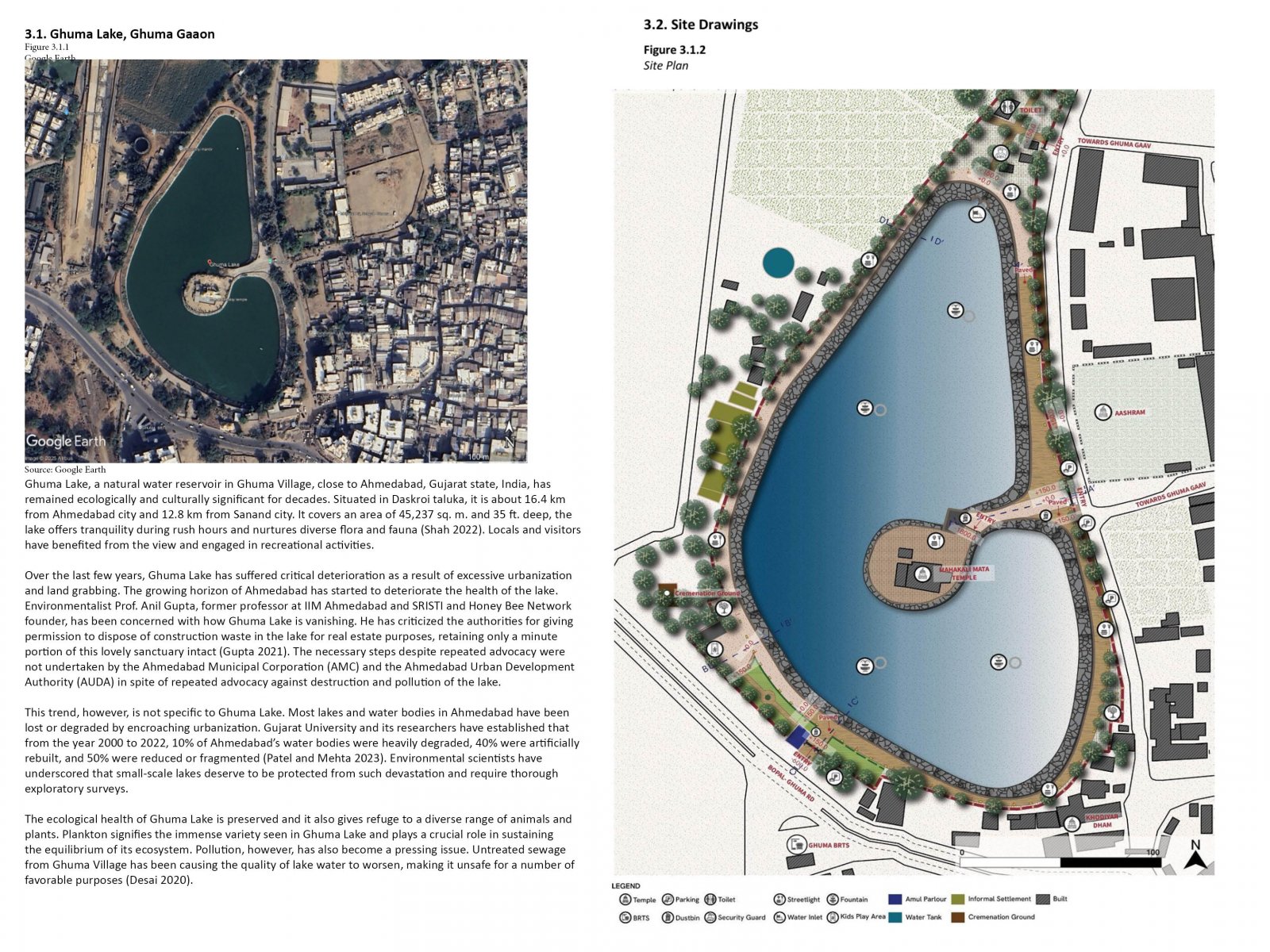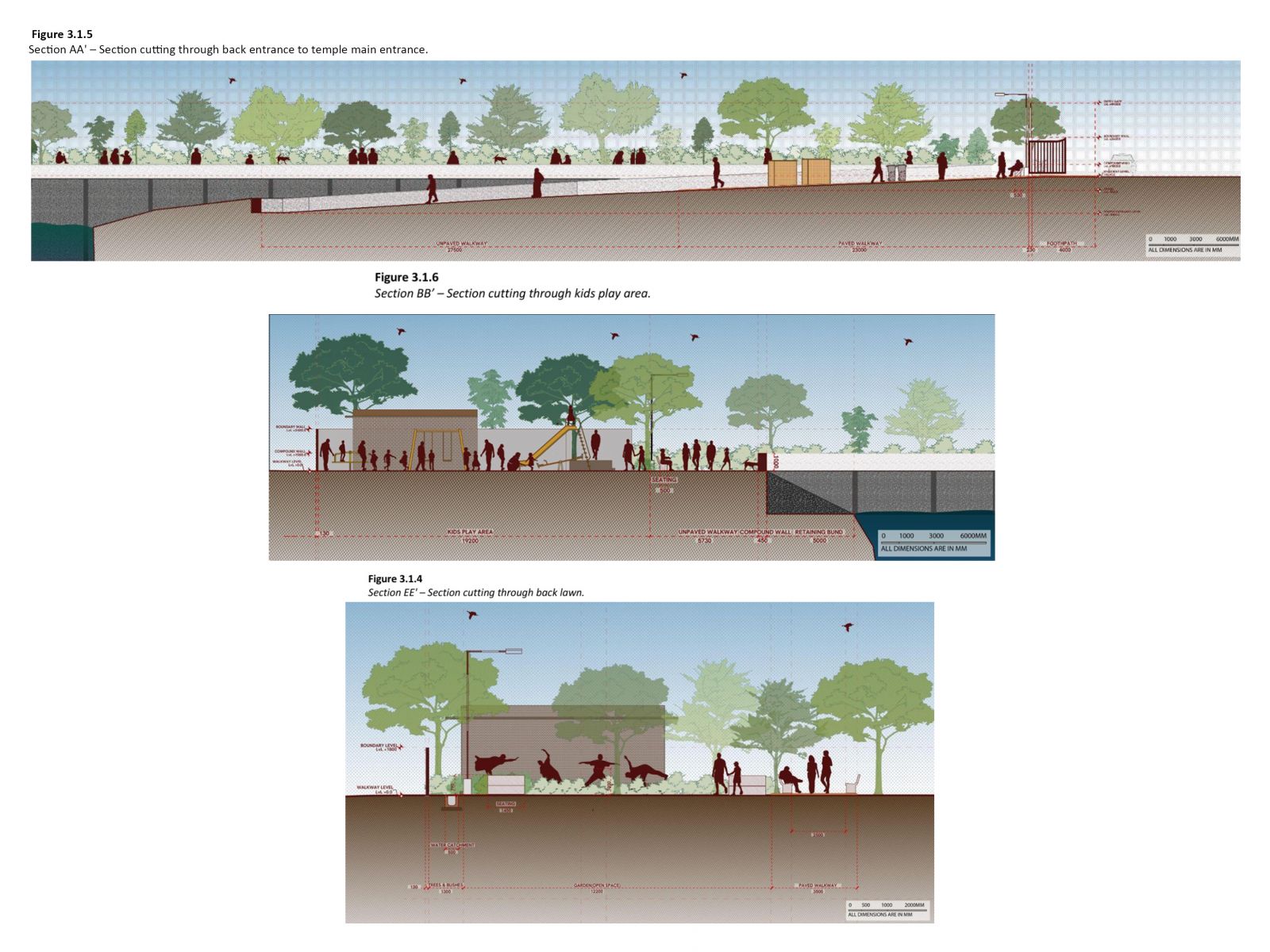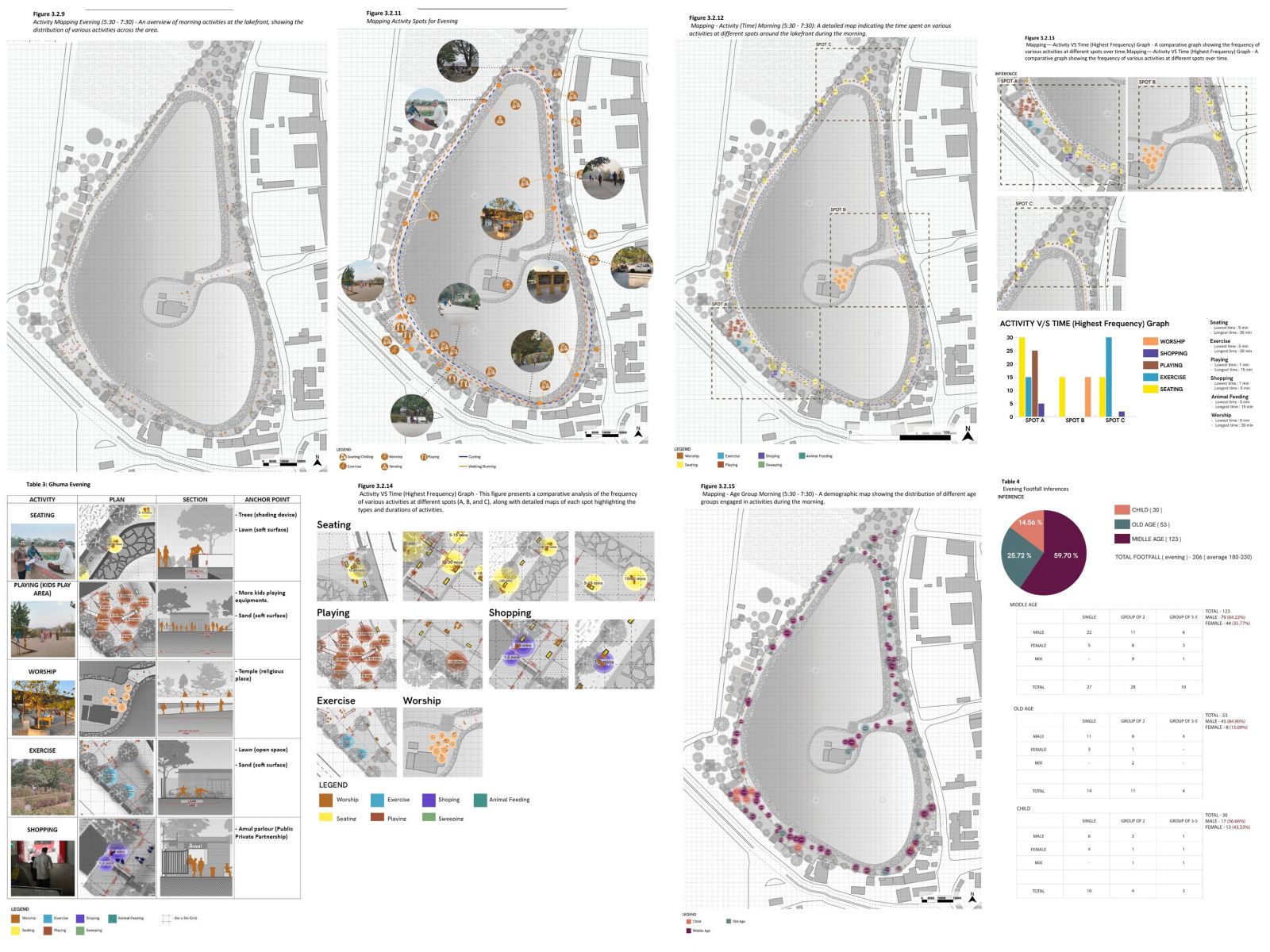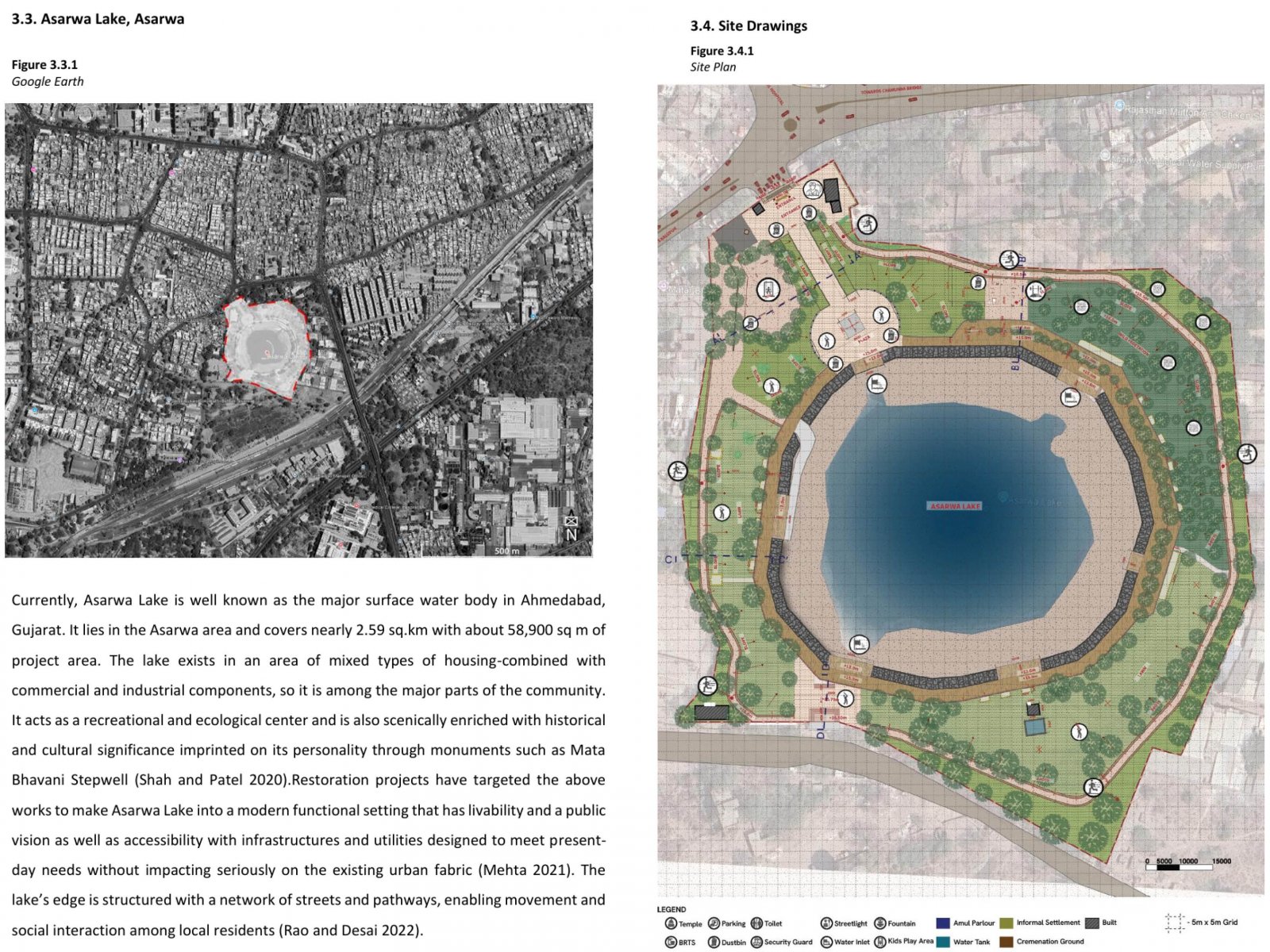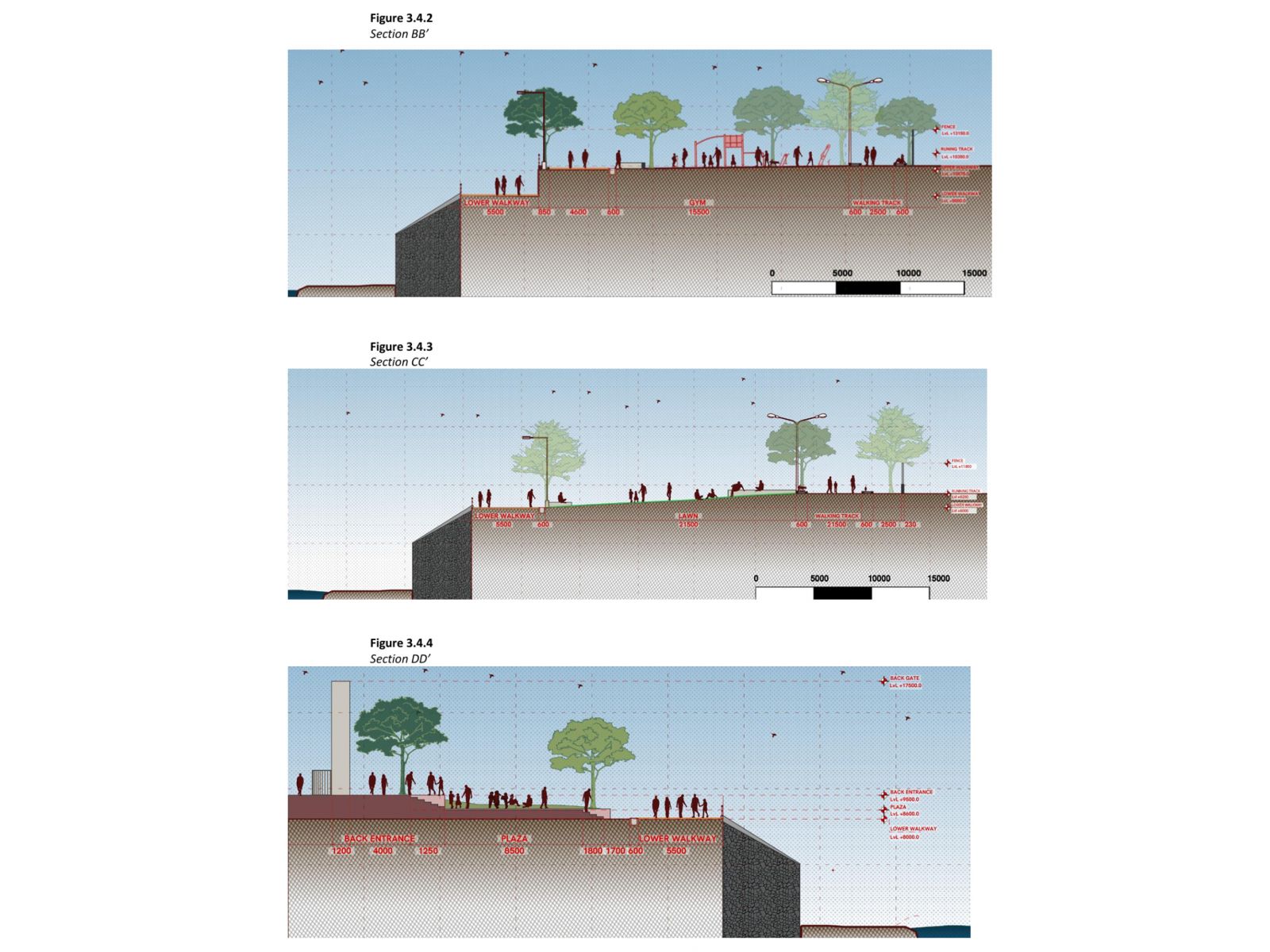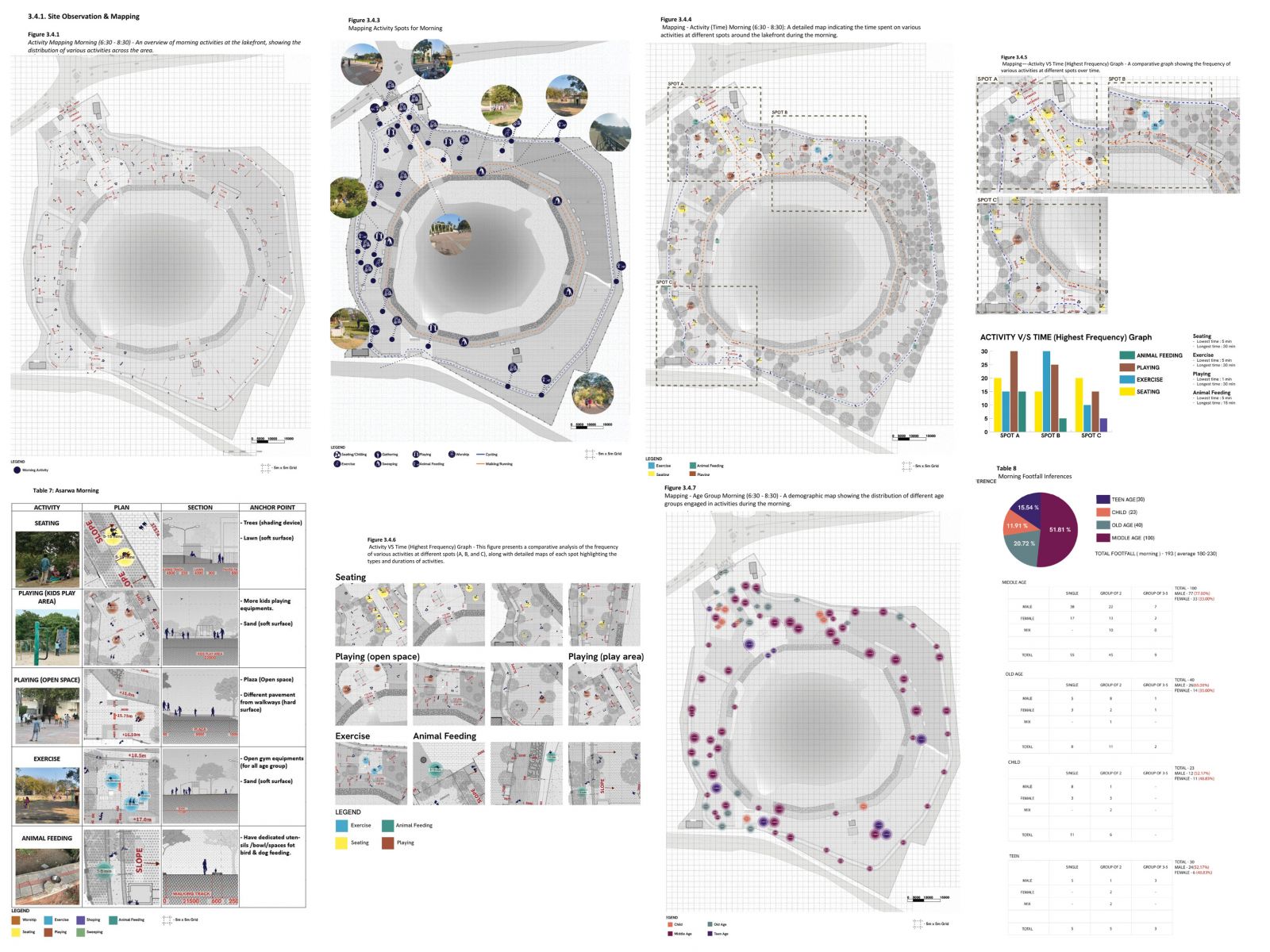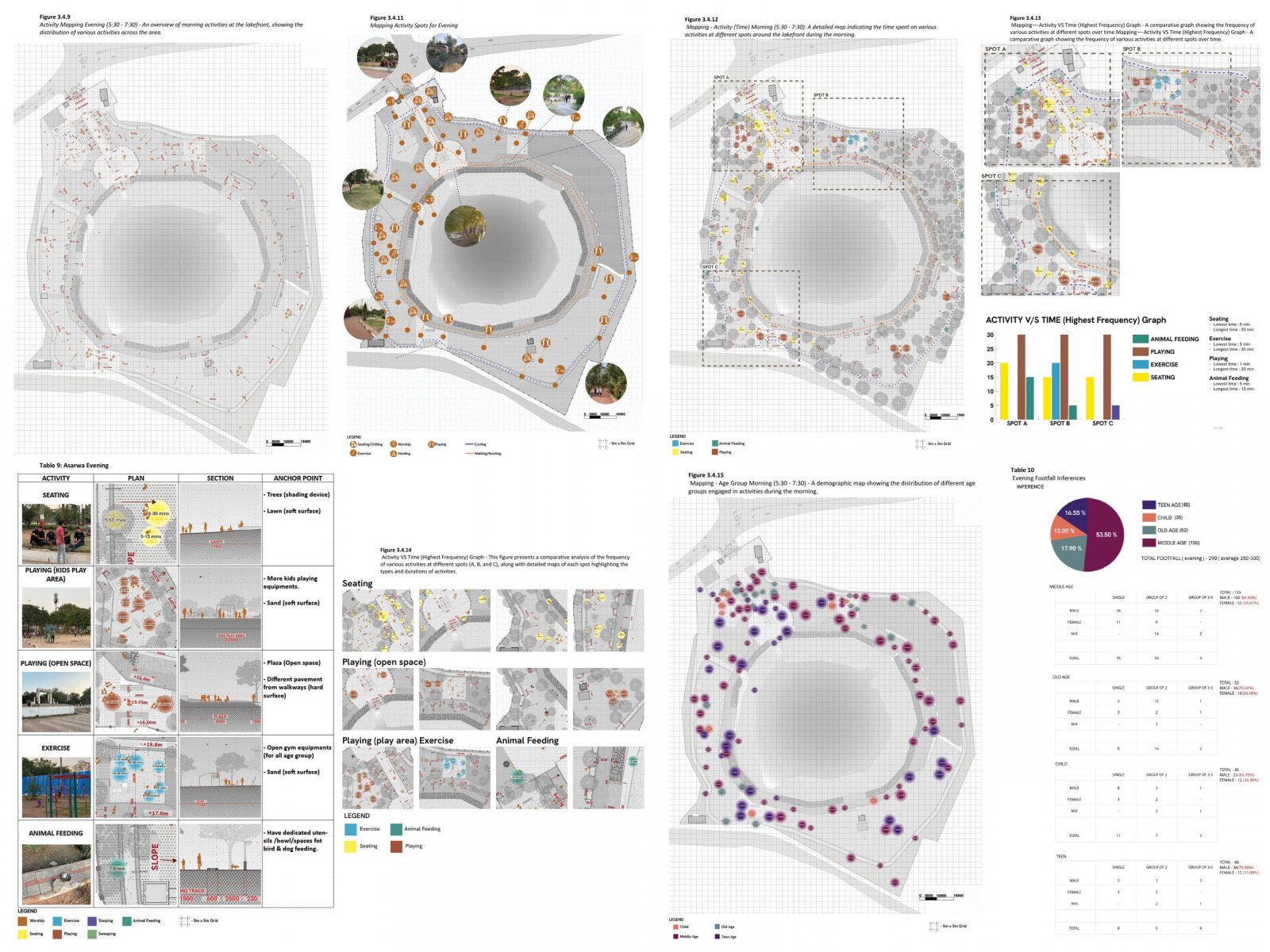Your browser is out-of-date!
For a richer surfing experience on our website, please update your browser. Update my browser now!
For a richer surfing experience on our website, please update your browser. Update my browser now!
Cities are the most tangible expressions of human civilization, reflecting social, cultural, and economic development. Yet, despite rapid urbanization, a critical question remains: do today’s cities truly provide a high quality of life and meaningful daily experiences? This question is increasingly important amid concerns about the erosion of human values, social cohesion, and well-being in urban environments. Robert Park (1925) described the city as a human-made entity defined by the functions and interactions of its people. His view highlights that cities are not just physical spaces but lived environments shaped by human behaviour and social relations. Understanding how people experience and use urban spaces is essential to grasp the dynamics of urban life. Perceptual reading-—the way individuals perceive, interpret, and emotionally respond to urban environments—is a key aspect of this understanding. It influences how people navigate, use, and value different parts of the city. Factors such as sensory stimuli, cultural meanings, and personal histories shape perceptual reading, making it a vital consideration in studying urban environments. Ahmedabad, one of India’s fastest-growing cities, provides a rich context to explore these issues. The city has seen significant urban development, especially in revitalizing its lakefront public spaces, including Vastrapur, Asarwa, Ghodasar, Guma, Bopal, and Chandlodia Lakes. These lakefronts are more than recreational areas; they serve as important social and cultural hubs integral to Ahmedabad’s identity and daily life. This study focuses on two of these sites - Guma Lake and Asarwa Lake - to examine how human behavior and perceptual reading influence the use and experience of urban lakefronts. The research draws on the theoretical frameworks of Amos Rapoport (1977) and Michel de Certeau (1988). Rapoport emphasized that urban form reflects human needs, cultural values, and social practices, urging a holistic view of how people interact with their environments. De Certeau highlighted the difference between the planned city and the practiced city, focusing on how individuals appropriate and reinterpret urban spaces through everyday actions.
View Additional Work